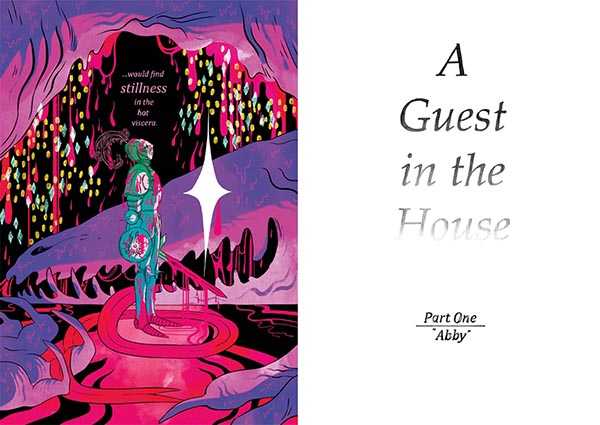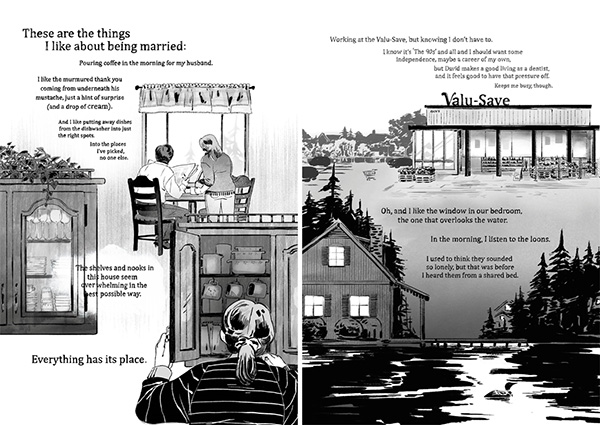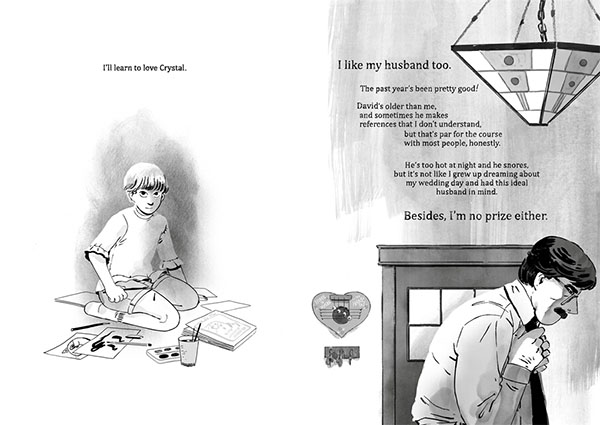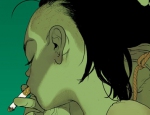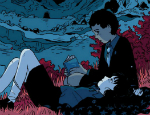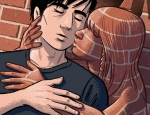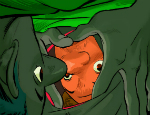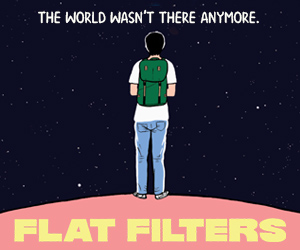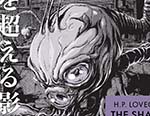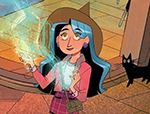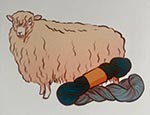It’s easy to think of Emily Carroll as an obsessive watcher of horror cinema. It’s there in those hints she offers, in the way she deploys colour like a master keenly aware of what a particular hue or tone can do to evoke a specific sensation. In horror cinema, that kind of colour grading has long been used to drive an audience to feel fear or sadness, or to change the tone of a narrative. The films use cooler tones like blues and greens, instead of oranges or yellows, with red almost always standing in for excessive violence. Carroll’s panels work in much the same way, and have for a while now, going back to her Eisner and Ignatz Award-winning Through the Woods, published almost a decade ago.
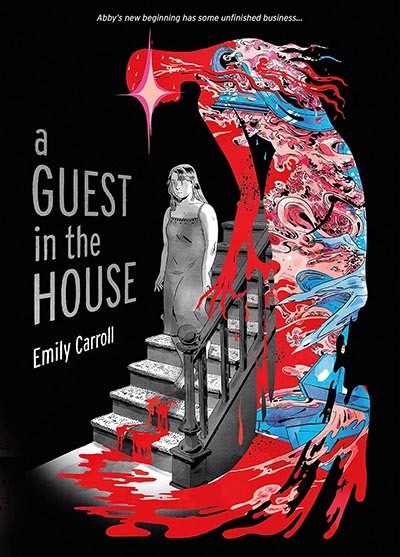
A Guest in the House is put together with the same arsenal of tools usually at her disposal, but there is a distinct sense of maturity in the way panels and scenes are set up. Where there were splashes before, there are now tentative drops of colour, with the terror built slowly as if in layers. Her protagonist, Abby, marries a recently widowed dentist who lives a life that isn’t what she assumes it to be. The rather obvious ghost of Daphne du Maurier’s Rebecca appears to loom large here, but Carroll quickly chooses to focus more on Abby’s post-marital mental health than her physical state, efficiently blurring lines between the two.
Where Rebecca draws on the external environment to generate a sense of foreboding, Carroll gives us access to Abby’s inner monologue, a rich world that is both surreal and terrifying. She uses colour and even lettering to drive the narrative forward, with black-and-white for the mundanity of Abby’s everyday existence, and the startling appearance or disappearance of certain hues to hint at a world just beneath this everyday surface, like a deep pool with a deceptively still surface.
It’s interesting to locate this kind of graphic art within the domestic horror genre, given that so much of it requires a reader to be aware of a protagonist’s fears. There’s also a fair amount of projection involved because the reader must bring his or her own experiences to bear upon the life of a fictional character trapped in a family that isn’t what it appears to be. To convey all of this without the advantage of prose is tricky. Abby’s choices raise further questions about why she wilfully chooses to be with someone she has no real love for, and why, eventually, this kind of existence stretching interminably into the distance can be more horrifying that something more obviously frightening like the appearance of a ghost. It is this that gives A Guest in the House its power, allowing it to rise above the cheaper thrills of a more run-of-the-mill adult horror graphic novel.
There are a few other tricks up Carroll’s sleeves, as the story twists and turns in unusual directions. At the end, one is left not so much with a feeling of resolution — of the sort most slasher films presumably aim for — but lingering doubts, like the best psychological horror. There are more questions than answers, but also a sense that we have been privy to something special, if only for a short while, like a curtain pushed aside before being drawn again.
Emily Carroll has evolved into the kind of artist now recognisable from a panel alone, thanks to her distinctive style. It’s exciting to imagine what kind of road she will choose to take us down next.
Emily Carroll • First Second, $27.99
Buy A Guest in the House online here
Review by Lindsay Pereira





